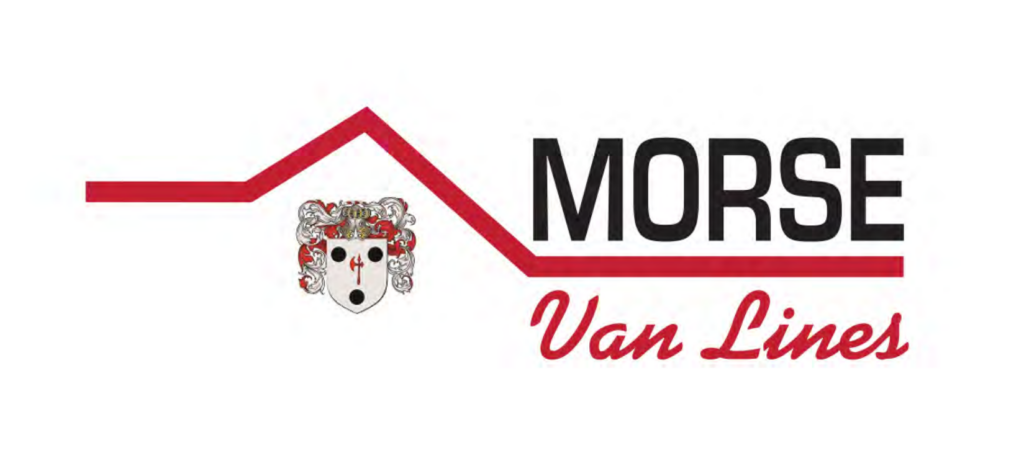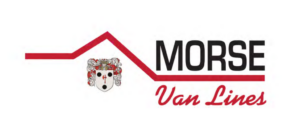Moving can be a stressful process, and one of the biggest concerns is ensuring that your moving truck can fit in your driveway. A 10-foot moving truck is one of the smallest options available, making it an attractive choice for individuals or small households looking to transport their belongings efficiently. However, before renting one, it’s essential to determine whether it will fit comfortably in your driveway. Factors such as driveway length, width, slope, and neighborhood regulations all play a role in whether a 10-foot moving truck is a suitable choice. Understanding these details can help you plan ahead and avoid any last-minute surprises on moving day.

Understanding the Dimensions of a 10 Ft Moving Truck
When planning a move, one of the key considerations is whether a moving truck will fit in your driveway. A 10 ft moving truck is a popular choice for small moves, particularly for studio apartments or one-bedroom homes. Understanding the size and maneuverability of the truck can help determine whether it will fit in your driveway without causing inconvenience or obstruction.
A standard 10 ft moving truck typically has dimensions of approximately 10 feet in length for the cargo area, with an overall vehicle length closer to 17 feet when including the cab. The width of the truck is typically around 7 feet, and the height can reach up to 10 feet. These dimensions are crucial when assessing whether the truck can be easily parked in a residential driveway without obstructing sidewalks or roads.
Assessing Your Driveway’s Size and Layout
Before renting a 10 ft moving truck, it is essential to measure your driveway to ensure that it can accommodate the vehicle. A standard residential driveway in the United States is usually between 10 to 12 feet wide, which means that a 10 ft truck will fit comfortably in terms of width. However, length can be a greater concern, as the full vehicle length, including the cab, may extend beyond the driveway space.
If your driveway is short, meaning less than 17 feet in length, the truck may partially extend onto the sidewalk or street. This is an important factor to consider, as some municipalities have regulations against blocking sidewalks or impeding traffic. Checking with local ordinances can help avoid potential fines or violations.
Potential Obstacles That Can Affect Parking
While the physical size of the driveway is a key factor, other potential obstacles should be considered. Overhanging trees, low-hanging power lines, and steep inclines can affect whether a moving truck can be parked safely. Driveways with sharp angles or narrow entry points may make it difficult to maneuver the truck into position.
Additionally, if you share a driveway with neighbors or have limited space due to fences or landscaping features, these elements could restrict access for a larger vehicle. In such cases, it may be necessary to consider street parking options or alternative locations for loading and unloading the truck.

Legal and HOA Considerations
Many homeowners’ associations (HOAs) and local ordinances have rules regarding the temporary parking of large vehicles, including moving trucks. Some neighborhoods have restrictions on the duration that a moving truck can be parked in a driveway or on the street. Before scheduling your move, it is advisable to check with your HOA or city regulations to avoid fines or complaints from neighbors.
For those living in apartment complexes or rental properties, property management policies may dictate where moving trucks can be parked. Some complexes have designated loading zones or restrictions on large vehicles within residential parking areas.
Alternative Parking Solutions
If your driveway cannot accommodate a 10 ft moving truck, there are several alternative parking solutions. One option is to park on the street, provided that it is legal and does not obstruct traffic or driveways. In urban areas where street parking is limited, it may be necessary to obtain a temporary parking permit from the city.
Another option is to park the truck in a nearby parking lot or open space and transport belongings using a smaller vehicle or dolly. This can be particularly useful if your home has a narrow driveway or restricted access for large trucks.

Maneuverability and Backing Into a Driveway
A 10 ft moving truck is relatively easy to maneuver compared to larger moving trucks, making it more feasible to park in a standard driveway. However, if the driveway is narrow or requires a sharp turn, backing in may be challenging. Having a second person assist with guiding the truck into position can help prevent accidental damage to property or the vehicle.
If your driveway has a steep incline, it is important to consider the ground clearance of the truck. Some moving trucks have low ground clearance, which can lead to scraping or difficulty in positioning the truck on sloped driveways.
Unloading Efficiency and Convenience
Parking the moving truck in the driveway can provide convenience when unloading items, as it minimizes the distance needed to carry heavy furniture and boxes. If the truck fits within the driveway without extending onto sidewalks or streets, unloading can be done more efficiently without worrying about time constraints associated with street parking.
In cases where the truck extends beyond the driveway, unloading may require additional coordination to ensure that items can be moved safely without obstructing pedestrian pathways or roadways. Placing temporary safety cones or hazard indicators can help alert drivers and pedestrians to the presence of the moving truck.

Conclusion
A 10 ft moving truck will generally fit in a standard residential driveway, but factors such as driveway length, width, and surrounding obstacles should be taken into account. Measuring the driveway dimensions, checking local parking regulations, and considering alternative parking options can help ensure a smooth moving process. For those facing challenges with fitting the truck in a driveway, planning ahead and exploring alternative unloading locations can provide practical solutions. Understanding these factors in advance can help prevent logistical complications and make your move with Morse Van Lines as efficient as possible.







